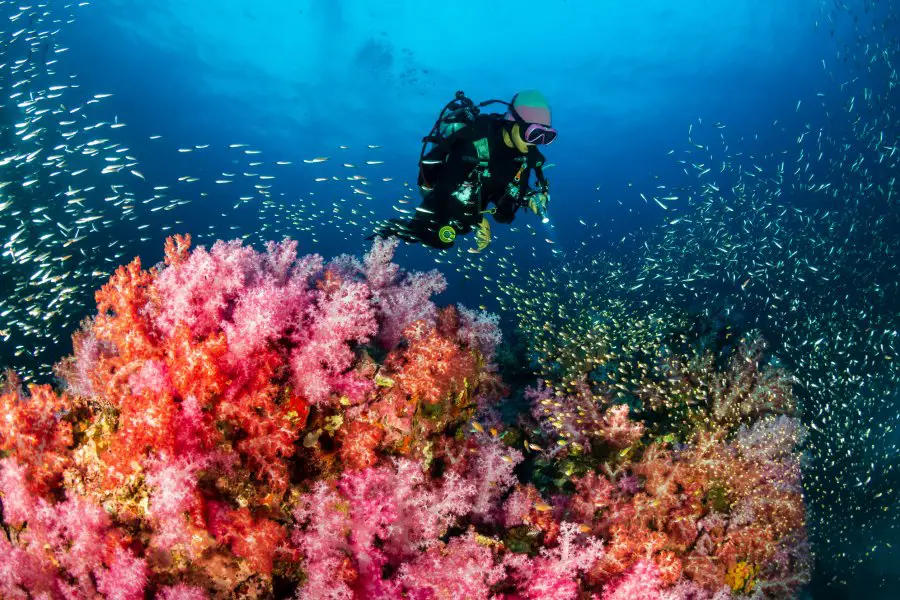When They Had No Visitors, Australian Scuba Companies Planted Coral On The Great Barrier Reef
Tags: News

While the Australian tourism industry may have dried up in the coronavirus lockdown, dive tour operators have decided to put their time to good use by planting coral along the Great Barrier Reef.
Family-owned Cairns-based company Passions of Paradise have provided a catamaran and fuel. Other businesses involved include Wavelength, Ocean Freedom, Sailaway and Quicksilver Cruises. They are working alongside a team from the University of Technology Sydney led by Dr. David Suggett.
Unique solution
The initiative is called the Coral Nurture Program. Similar projects in the area were already in place, such as the Crown-of-Thorns (a coral destroying starfish) eradication and the Eye on Reef monitoring program.
But what makes this latest project unique is that it’s the first time tour companies have worked together with researchers.
The technique being used to restore the coral – using ‘coral clips’, is also a first.
Lorna Howlett, project coordinator and PhD student, explains how it works:
“It involves finding fragments of opportunity – coral fragments that have naturally broken off,” she said. “And attaching them back on to the reef using a coral clip. We can only use fragments of opportunity found at the site, so Passions of Paradise has installed six frames at the site which can be used as a nursery to grow more corals.”
Approximately 1000 pieces of coral have been planted on Hastings Reef so far.
Read more: Biodegradable Tableware Made From Wheat Bran Could Be One Solution To Plastic Pollution
Great Barrier Reef Background
The Great Barrier Reef is home to an incredibly diverse array of sea-life and was declared a World Heritage Area in 1981. Situated off the northeast coast of Australia, it stretches for around 2300km. It is the biggest coral reef system in the world, comprising around 2900 individual reefs and 900 islands.
A 2014 report by the Great Barrier Reef Marine Park Authority found that climate change and global heating is the biggest threat to the reef.
Polluted land water quality running into the sea, coastal development, fishing, ocean acidification, and coral bleaching are other major issues.
According to a 2012 report, the Great Barrier Reef has lost half it’s coral since 1985.
In 2015, the Reef 2050 Plan came into place. This is a 35-year plan for the long-term management of pollution and climate change.
Update: We updated the title of this article to better illustrate that this event happened in the past.
Image Credit: Richard Whitcombe & karryon
Leave Comment: